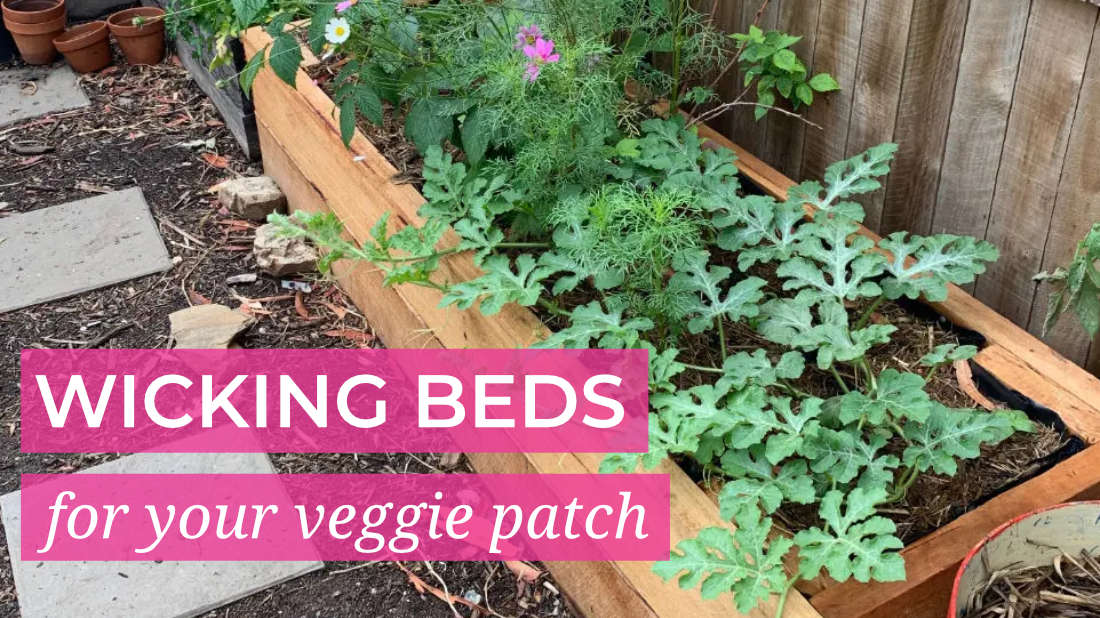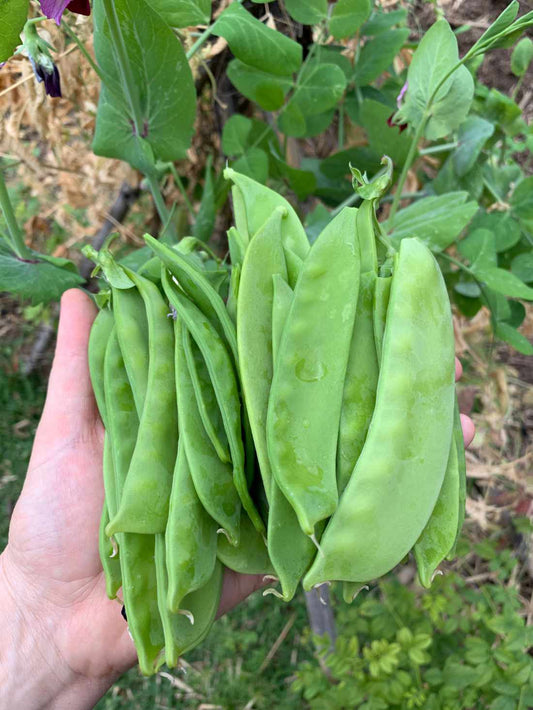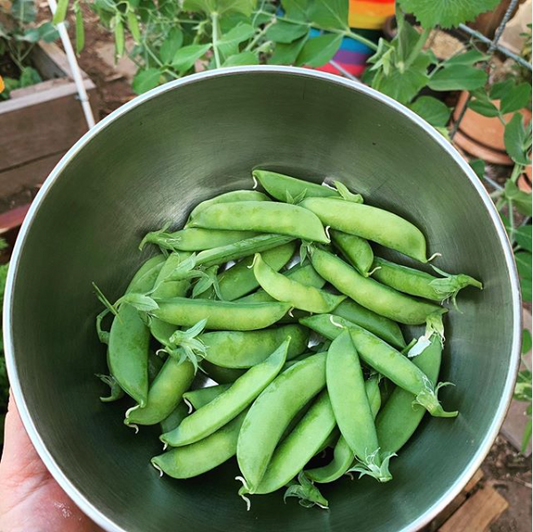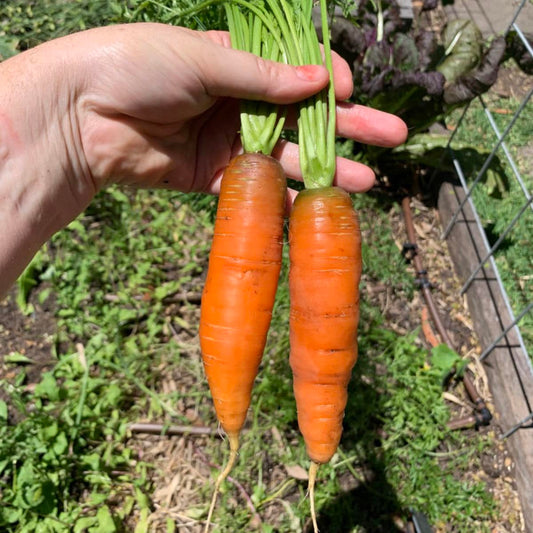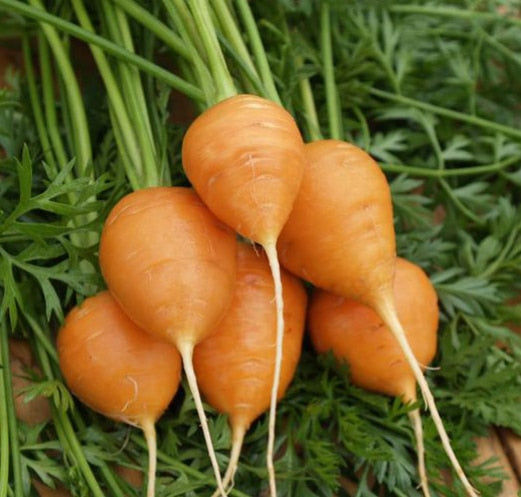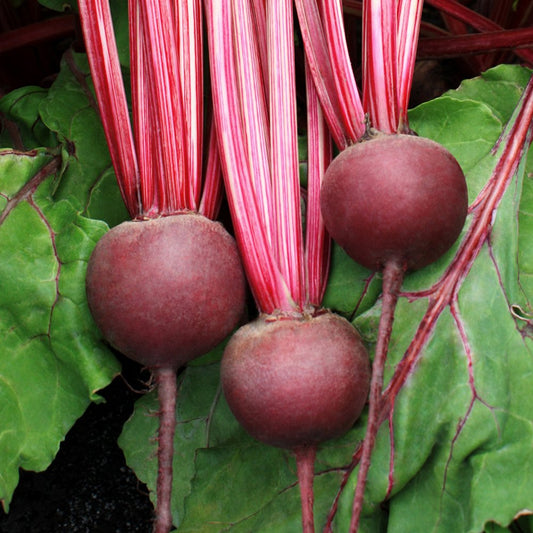One of the first posts I wrote on this blog was our setup of a mini wicking bed pot inspired by an episode of Gardening Australia where Roman from Spurtopia had setup a collection of them in his rental property.
It worked well for a while but the styrofoam eventually failed and I never got around to implementing that type again as I moved to different ways of doing them.
We’ve had some fails and wins with our various experiments along the way so thought I’d share our learnings.
What is a wicking bed?
A wicking bed (or sub irrigation if you’re in the US) is essentially a raised garden bed that has a reservoir of water at the base of the bed. The idea is to water only from below and allowing the soil to wick the water and allow the plants to get the water they need.
What’s inside a wicking bed?
Generally you will have a water proof membrane to contain everything (pond liner/IBC)/bathtub) , a layer of water holding area (gravel/agpipe/wicking wells), a layer of wicking media (sand/perlite/fine gravel) and then your loamy soil. Depending on your setup, each layer generally has a barrier ( geo textile) in between to stop all the media mixing together.
You’ll have a pipe that feeds directly into the water reservoir where you add your water and an overflow pipe.

Benefits of wicking beds
The biggest benefit is their efficiency - they are time and water efficient. We fill our reservoirs once a week (often less often in winter) with a fraction of what we would normally apply to our regular raised beds.
The other benefit is they are perfect for areas where you have big trees invading your raised beds where otherwise you wouldn’t be able to grow food which is a big reason we plan to convert a lot of our raised beds into wicking beds.
Wicking beds are great for plants that don't handle inconsistent watering - think blossom end rot or splitting melons. After decades of trying to grow water melons only to have them split after a summer downfall we finally grew one in a wicking bed.
Downfalls of wicking beds
In the past we have found that lots of rain is often bad for them, although they’ve been set up to drain well, it’s like the excess rain that drains out seems to take with it a lot of the good stuff from the soil so it’s a constant battle to restore those good things to the soil during the peak wet periods.
Topping up the bed is incredibly important as with raised beds that are high in organic matter the soil will always drop, normally it’s not a big deal in a regular raised bed, but in a wicking bed it means the roots can drop into the ‘saturation’ zone which can be detrimental to most plants that don’t love wet feet.
Another downside is the plastic. If you don’t love plastic then it’s not going to be a good option. Although, there may be possibilities to do it using clay as the membrane which may not be as water tight but may still work (if you’ve seen anyone do this let me know).
Are wicking beds right for you?
We love them for 6 months of the year - Autumn to early Summer when our rainfall is low and especially Spring when the temperatures are still quite high. However, when the rains come in Summer they don’t do as well. If you are able to protect them from rain from above by having them in an enclosed space you may find they do better, but I wouldn’t recommend them to any one in areas of particularly high rainfall year round unless you can protect them from rainfall.
If you live in a very dry location for your peak growing seasons, then wicking beds are perfect.
What plants do well in wicking beds?
We haven’t tried a great deal of plants in ours as we’ve mostly planted perennials and they’ve stayed put. However we’ve found that plants that thrive are strawberries, chillis, swiss chard, kale, watermelon (No splitting!), zucchini, beans, tromboncino and most herbs. We did plant a raspberry but it didn't love it so we will be moving it out.
This year I am trialling out some more moisture loving plants such as luffa and kang kong for that summer wet period.

DIY Wicking beds
There are loads of options when it comes to DIYing wicking beds.
I have a demonstrations of setups inside my Dirt Lovers membership including using an IBC or retrofitting an existing raised bed but you can also check out Rob from bits out the back as he has loads of resources on wicking beds and there was a Gardening Australia episode where Sophie sets up one (we originally did this setup but it didn't work as well as our new methods).
Commercial Wicking beds
You can also purchase a sway of products for setting up a wicking bed, they are on the higher end of the scale but you need to factor in that this cost is not only the infrastructure for the bed but also the ‘irrigation’ aspect.
The vegepod is said to be a wicking bed but having one ourselves there are a few hacks that need to be done to get it to work as a traditional wicking bed which we haven’t done yet (we do absolutely love their covers for keeping critters out).
Note; None of these products have sponsored this post these are just ones I have either used personally or been recommended.
Summing up a wicking bed is a really great solution for those who are time poor and have low rainfall. Do you use wicking beds in your veggie patch? What has been the best method?
Listen to this on the Love of Dirt Podcast

